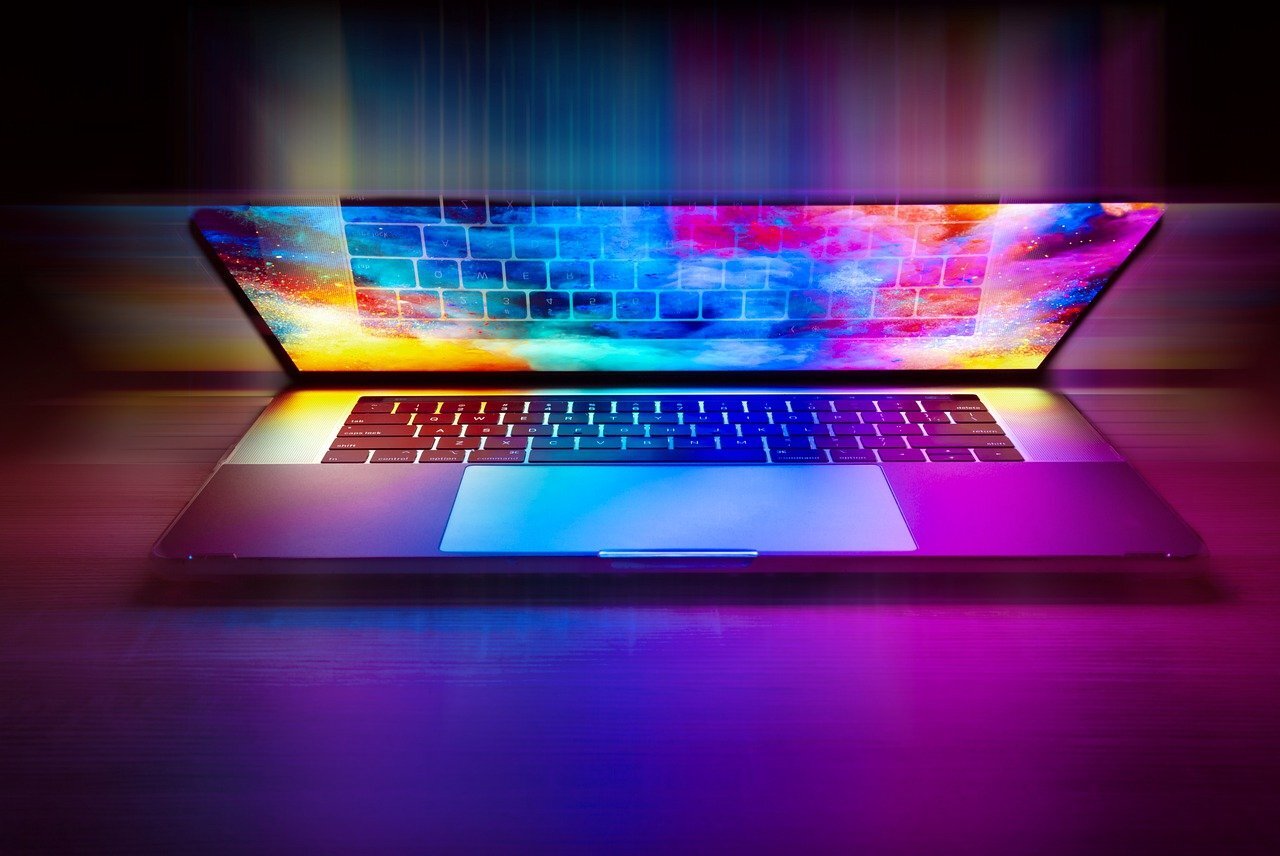Keep Your Cool by Keeping Your MacBook Cool
2022.01.11

It is not uncommon for MacBooks to get a tad on the warm side. If they get exceptionally hot it is time to take action. If and when MacBooks get too hot their performance suffers and damage may occur. This can lead to a frustrating rather than smooth computing experience. So how do you keep a MacBook cool?
Causes of MacBooks Losing their Cool
All electronic devices are going to generate some heat. It is par for the course. If the fans are whirling and your Mac is under stress then it could be one of the following:
• Too many apps open
• Poor ventilation
• High room temperature
• Low MacBook memory
One or all of these may make the fans start whirling. To cool down your MacBook here are some fan fixing tips to help your Mac life run smoothly.
Lack of Air Circulation
Your MacBook relies on air circulation to keep it cool. Things like duvets and pillows block the vents and prevent your MacBook from venting the heat. If you notice your device getting hotter, check to see if the air vents are blocked. If they are move it to a flat cool surface immediately.
Reduce Apps to a Minimum
If you have lots of apps or browser windows open all of this can affect your MacBook performance. The golden rule here is that if you don’t need a browser window or more importantly an app open then shut it down. For each app and window that’s open resources are used putting the MacBook under stress. And stress = heat.
Check What Apps Put Your CPU Under Stress
Activity Monitor is a good tool to manage apps and discover if any pesky ones are running in the background causing your device to heat up. Activity Monitor shows you what apps are running and what ones put the CPU under stress. To open it go to:
• Finder then Applications
• Select Utilities then Activity Monitor
• Click on the CPU tab to view all tasks and apps
• The largest resource hog will be at the top
• If they are unneeded close them down
Check RAM Stress
If your system is low on RAM then this could be the cause of it overheating. To check open Activity Monitor once more but select the Memory tab.
Check out the pressure graph at the bottom of the screen.
• Green – All good. Your MacBook is using memory efficiently
• Yellow – Your MacBook may need a bit more RAM love
• Red – Your MacBook needs more RAM yesterday!
If you notice yellow with red spikes it could be an app is putting your RAM under stress. You can close it and see if it makes a difference to the pressure graph. Increasing the RAM if possible should solve a range of issues.
We love our MacBooks and providing we keep them maintained they will give great service for years. As overheating presents a danger to your device, always try and keep it cool by following these steps.
For more information try Apple Support.
More Articles
Copyright © Fooyoh.com All rights reserved.